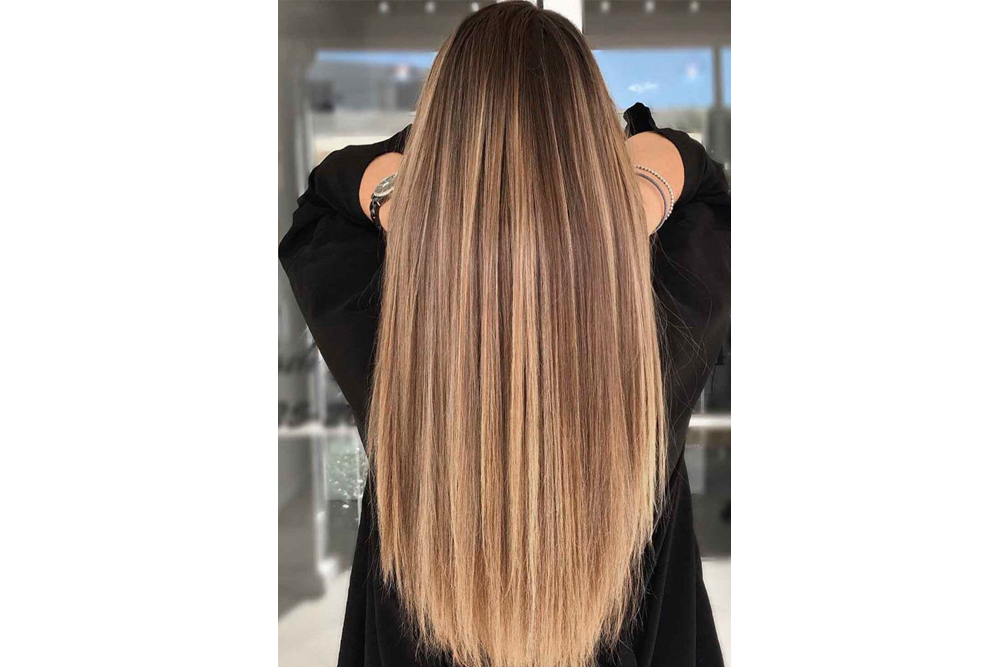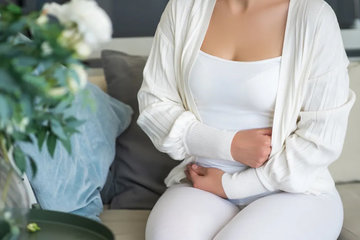
Watch out for the next time you go to get a chemical hair treatment, because there have been some associations discovered by study recently published in The Journal of the National Cancer Institute. The Journal states that there has been an established connection between uterine cancer and hair treatments that consist of chemicals, specifically the hair straightener treatments.
The study was carried out on 34,000 women for 10 years, and it was found that these chemical hair relaxers doubles the probability of getting some sort of reproductive disease by the time a woman is 70 years old.

When it came to actual statistics, the study reads that women who have never had to undergo chemical hair straightening products have less than a 2% chance of getting uterine cancer by 70 years old, whereas women who do get these treatments have a 4% chance of being diagnosed.
The doctor who leads the Environment and Cancer Epidemiology Group, Dr. Alexandra White, has stated her observations regarding the study, “We’ve seen this association between hair straighteners and breast, ovarian, and now uterine cancer— it’s been a consistent finding among hormonally driven female reproductive cancers.”
Researchers have stated in the study that the “hormone-disrupting” chemicals found in these treatments vary from parabens, formaldehyde, metals, bisphenol A, and more. These exact substances are what could disrupt the body’s hormones, and thus create an increased risk for uterine cancer – especially when absorbed through the scalp.
However, what is to be highlighted here is that although cancer is not limited to a certain race or country or ethnic group, it is important to note that black and Arab women may have a higher risk. Due to societal norms and the typical beauty parameters set by the Western world, women of color tend to ask for these hair straightening chemicals treatment to conform to what is considered “the beauty standard”.
Moving forward, it is very important not to be part of this discourse that perpetuates one standard as the “beautiful” one and the other as “unkempt” or “unprofessional.”
















